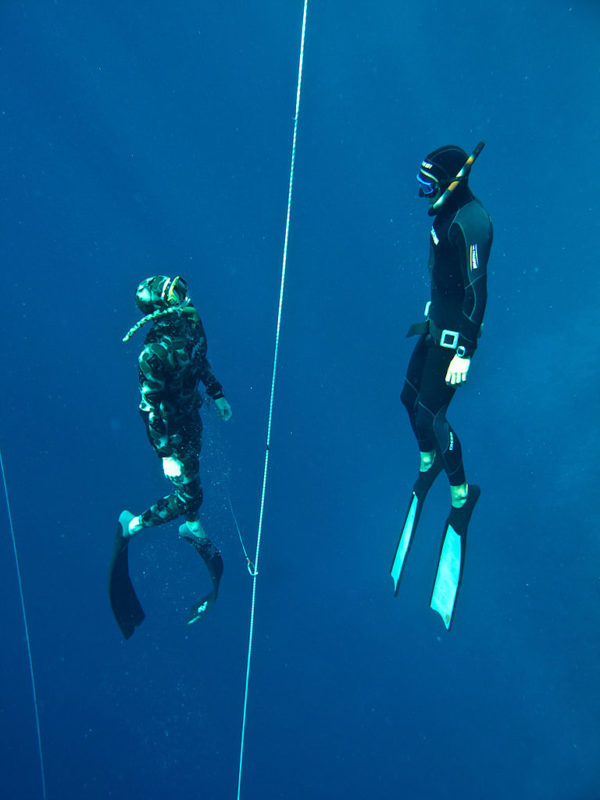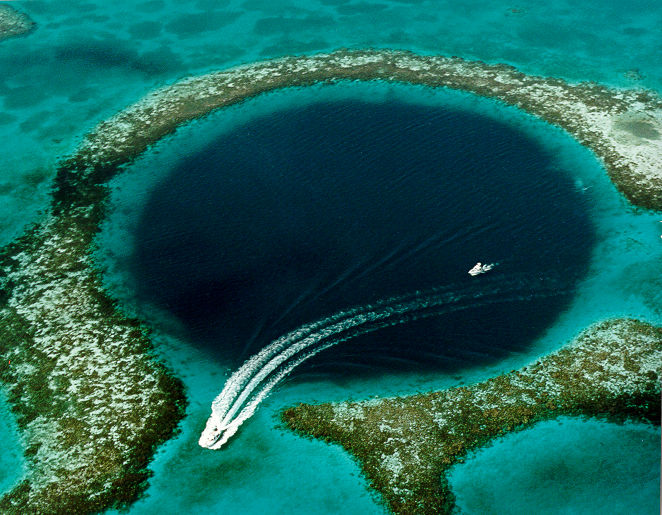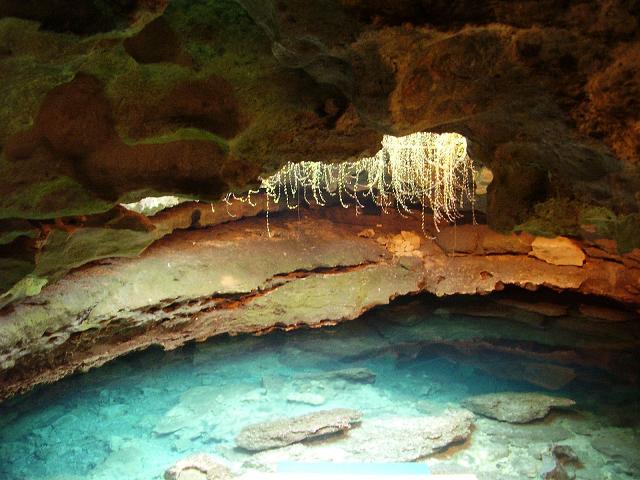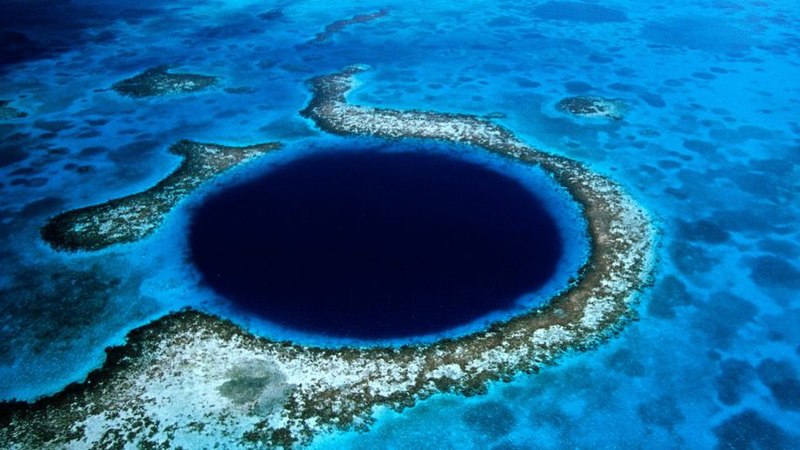These 10 Scuba Diving Sites Are Among the Most Dangerous in the World
Scuba diving is the kind of sport where participants are regularly looking for the next big thing, and that often means something much more risky and thrill-inducing. There are many dangerous and intimidating dive sites across the world, but the following are definitely the top ones to visit if you’re looking for adventure.
Diepolder II, Florida
The Diepolder II cave, located near Brooksville, Florida and named for the man who originally own the land, appears to be a simple pond – at first. Below the water is a cave that goes down some 360 feet. There is also the Deipolder III cave, which goes down 300 feet!
Not just anyone can dive down into either cave. Interested divers must hire a guide and also be able to prove that they either have advanced certifications or have completed at least 100 cliff dives.
Shaft Sinkhole, Mount Gambier, Australia
The Shaft Sinkhole in Australia may be the most deadly diving spot in the world. In 1973, four recreational divers – John H. Bockerman, Gordon G. Roberts, and Christine and Stephen Millott – died there in an incident widely known as the Mount Gambier cave diving accident.
There are a few factors that make the Shaft Sinkhole so treacherous. During one portion of the dive, the adventurers must remove their equipment, as the hole is too small. They must also be very careful with their air consumption and mindful that they have enough to return to the surface.
German U-boat U-869, New Jersey
In 1991, German U-boat U-869 was discovered off the coast of New Jersey. This surprised many, as it had previously been stated that the vessel had sunk off the coast of Gibraltar by the USS Fowler (DE-222) and the submarine chaser L’Indiscret. Shortly after its discovery, three of the original individuals to locate it died while returning to the dive site.
Divers are eager to check out this historical relic, which lies 73 meters under the Atlantic Ocean. The incredible depth of the dive, as well as the freezing cold water, make the excursion treacherous for anyone willing to risk it.
Blue Hole (Red Sea), Egypt

The Blue Hole is a submarine sinkhole near Dahab, Egypt. The floor of the hole can go to depths of nearly 1,000 feet, and the coral and abundance of fish make it a popular spot with free divers.
Despite the popularity of the site, the Blue Hole is also very dangerous and has been nicknamed the “Divers’ Cemetery.” While many visitors protect themselves with extra tanks and a mix of gases called trimix, there have still been over 100 deaths recorded at the location.
Great Blue Hole, Belize

Here’s yet another famous Blue Hole. This one is found in the Lighthouse Reef, off the coast of Belize. Tourism to the area was aided by world-famous conservationist Jacques Cousteau, who declared it to be one of the top five diving spots in the world.
The beautiful mix of blue colors, however, doesn’t come without danger. The hole is approximately 124 meters deep, meaning inexperienced divers can become disoriented upon descent. In 2018, a submarine expedition discovered the bodies of two long-lost scuba divers in the hole.
Black Hole of Andros, Bahamas
Andros Island, an archipelago in the Bahamas, is famous for the various blue holes it contains. There are at least 50 in the surrounding ocean and they lead down into an intricate series of underground caves.
Andros Island also features a black hole – although this is not for recreational divers. It’s incredibly dangerous and, as such, is only open to those diving for scientific research. It was once investigated by diver Stephanie Schwabe, who has conducted 18 scientific expeditions in the Bahamas.
Cenote Esqueleto, Tulum, Mexico
https://www.youtube.com/watch?v=gOUri5tflII&t=70s
The village of Tulum, Mexico has grown incredibly popular over the years and is now dotted with boutique hotels and shops. The area, however, has always been popular as an archaeological site.
Many tourists opt to check out the Cenote Esqueleto, also known as the “Temple of Doom.” The diving spot is not for the faint of heart. Divers are advised to stay in the sunlit areas, as people have died while swimming in the darker portions of the water after becoming disoriented and lost.
Valhalla missile silo, Texas
Near Abilene, Texas sits a former Atlas-F nuclear missile silo, which was part of a complex operated by Dyess Air Force Base, Texas. After years of use, the site was abandoned by the US government.
The area was later turned into a controlled diving environment by entrepreneurs. The Valhalla missile silo, which spans 60 feet in diameter and 130 feet deep, is now used as a training center.
Devil’s Den, Florida

Devil’s Den, located in Ginnie Springs, Florida, offers something that most dive sites fail to match. Over the course of the year, the cave maintains an underwater temperature of around 72 degrees Fahrenheit.
While the temperature may be warm, the area is still pretty dangerous. The most troubling issue with the cave is that the vortex openings are very narrow, which can cause gear to shift around when moving in the space.
Samaesan Hole, Thailand

More from us: Stunning Views From Around The World That You Can Reach On Foot
There are a number of reasons why the Samaesan Hole in Thailand is dangerous. To start, the area stands at around 85 meters deep. Second, it features incredibly strong currents that could easily take divers off-course.
Most importantly, however, is that the site was once a dumping ground for unexploded bombs. As such, there are a number of things that could go tragically wrong for any diver who tries exploring the area.





